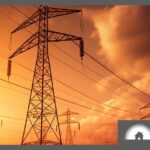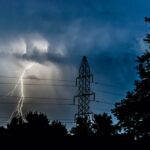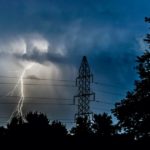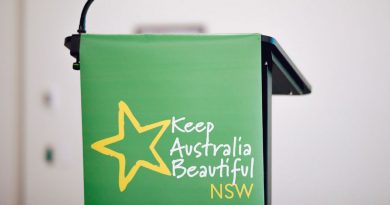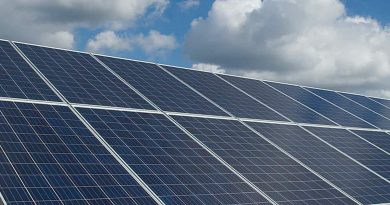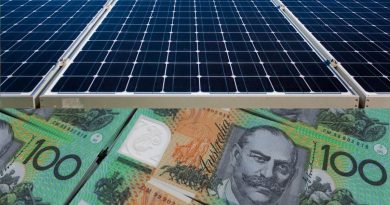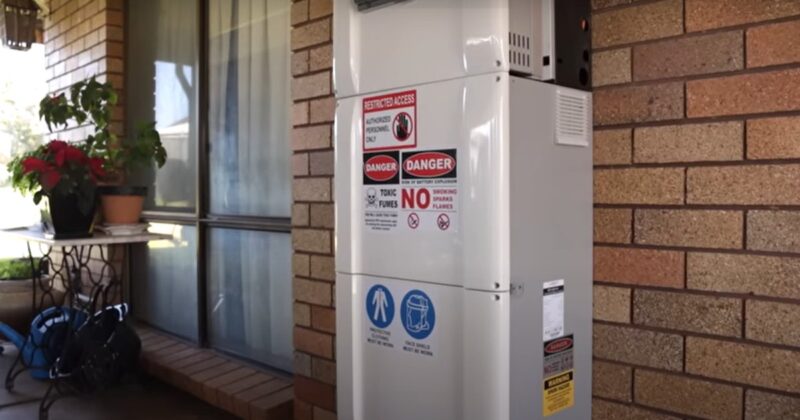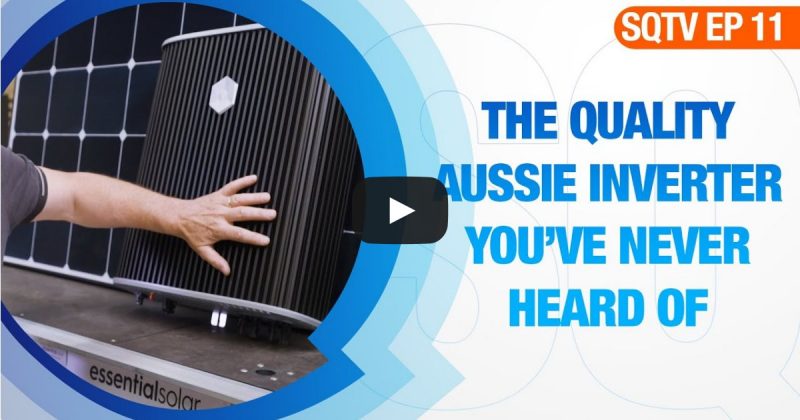Draft Electricity Price Decisions Bring Grim News

Power bills look set to jump yet again for millions of Australian households and small businesses already reeling from the ongoing cost-of-living battle.
Yesterday morning, the Australian Energy Regulator and the Victorian Essential Services Commission announced their draft decisions for the Default Market Offer (DMO) and Victorian Default Offer (VDO) respectively.
Update: The Queensland Competition Authority also released its draft determination on regulated retail electricity prices for standard contract customers in regional Queensland from 1 July 2023.
DMO? VDO? WTF?
The Default Market Offer (DMO) applies in South Australia, New South Wales and south-east Queensland. It’s the maximum price an electricity retailer can charge a customer who hasn’t signed on for a market offer. The Australian Energy Regulator (AER) has set DMO prices for residential and small business customers since 2019.
The VDO is the Victorian equivalent, and is set by the Essential Services Commission (ESC).
While most electricity customers will be on some sort of market offer, the DMO and VDO pretty much set the stage for other offers. When the DMO/VDO go up, market offers tend to follow.
“DMO 5” Draft Decision
The following indicates the AER’s proposed increases in each jurisdiction/service area. Note the following figures refer to customers without a controlled load tariff.
| Residential | Small business | |
| Ausgrid (NSW) | +22.2% | +14.7% |
| Endeavour (NSW) | +20.9% | +19.9% |
| Essential (NSW) | +22.1% | +17.5% |
| Energex (SE QLD) | +19.8% | +19.4% |
| SAPN (SA) | +21.8% | +25.4% |
Commenting on the increases, AER Chair Clare Savage said:
“We know many households and businesses are already struggling with cost-of-living pressures. This is certainly a challenging environment for people to hear that further electricity price rises are on the horizon.”
Ms. Savage pointed out the DMO is not the best offer, it is a “safety-net” (if it can be called that these days), and encouraged households and business to shop around electricity retailers.
Bear in mind this is a draft decision. The AER will engage in some further consultation before arriving at a final decision in May and “DMO 5” will come into effect on July 1 this year.
Regional Queensland Draft Decision
The QCA draft decision would result in a 28.9% jump in the annual bill for a typical residential customer (on tariff 11) and a 26.1% increase for a typical small business customer (on tariff 20).
More on the QCA’s draft determination here.
VDO 2023-24 Draft Decision
News on electricity prices out of Victoria weren’t any better.
The ESC is proposing to increase the Victorian Default Offer by around $426 for residential customers, with bills jumping from $1,403 to about $1,829 per year (+~30%). Small business customers would be whacked with an increase of around $1,738; from $5,620 to about $7,358 per year (+~31%)
“The changes are primarily due to significant increases in wholesale electricity costs driven by energy market volatility in 2022,” states the Essential Services Commission. “This impacted the prices energy retailers paid in their futures contract arrangements to purchase electricity from the wholesale market to supply Victorian consumers.”
A 2023–24 Victorian Default Offer Draft Decision fact sheet can be viewed here.
Like the AER, the ESC will carry out further consultation before arriving at a final decision by 24 May 2023. Once that’s approved, new Victorian Default Offer prices will come into effect on 1 July 2023.
(Some) Help Is On Its Way
Federal Minister for Climate Change and Energy Chris Bowen was quick to point out the draft increases are up to 29 percentage points lower than the AER projected late last year, and this was thanks to actions under the Albanese Government’s Energy Price Relief Plan. But that will be cold comfort to Australian households and small businesses having to dig even deeper.
Minister Bowen also indicated more help is to come, with the Federal Government continuing to work with the States and Territories to deliver energy bill relief in the May Budget.
For Victorians, there’s also the current round of the Power Saving Bonus, which is worth $250. That ends on March 23, but will be immediately followed by another round – and yes, Victorian households can double-dip; scooping up $500 in total.
For South-east Queenslanders, Premier Annastacia Palaszczuk has reportedly promised rebates on their electricity bills in the upcoming state budget that will be more generous than the $175 offered in the current financial year.
No word yet from the SA and NSW state governments as to what sort of assistance they’ll be offering – if any.
Real Help Is Already Here – Go Solar
Rebates and such are helpful and better than a poke in the eye with a sharp stick, but they only offer short term relief. And even when electricity prices eventually start dropping, they will have a long way to fall to get back to what they were before.
For households and businesses that can, the best way to buffer against electricity price rises and get tiny power bills for years to come is to install a solar power system. To discover how much a good quality system could save your household or small business, and the approximate simple payback period, try SolarQuotes’ popular solar calculator – it’s very easy to use.
Original Source: https://www.solarquotes.com.au/blog/dmo-vdo-electricity-increases-mb2862/



